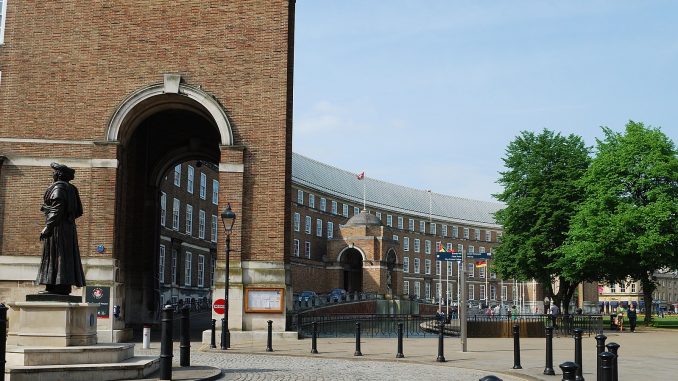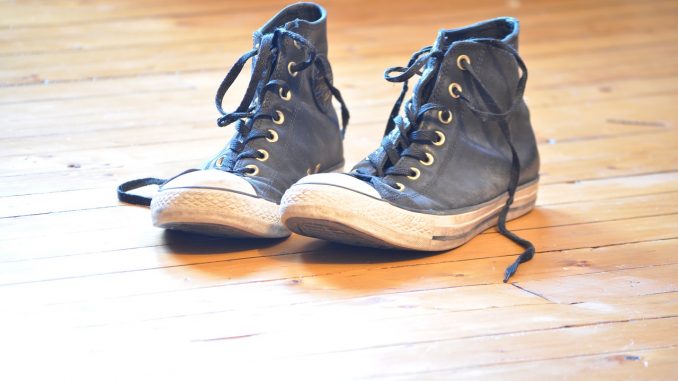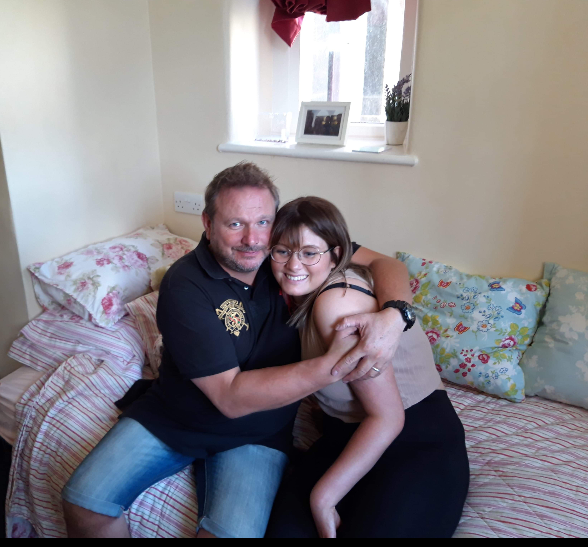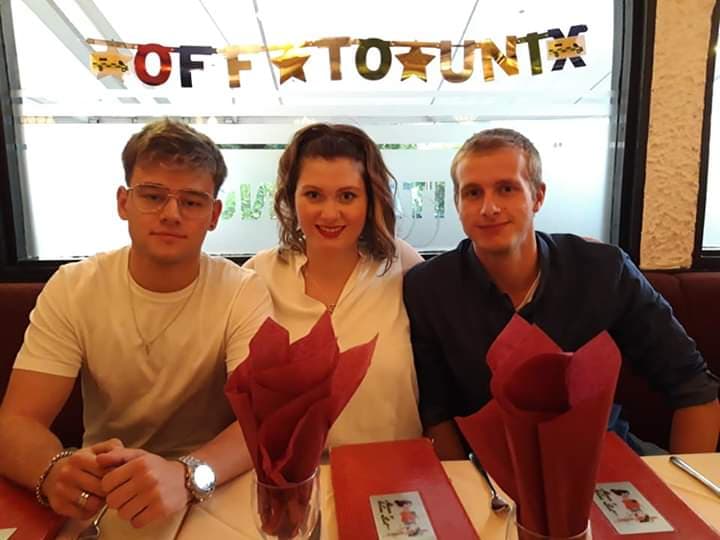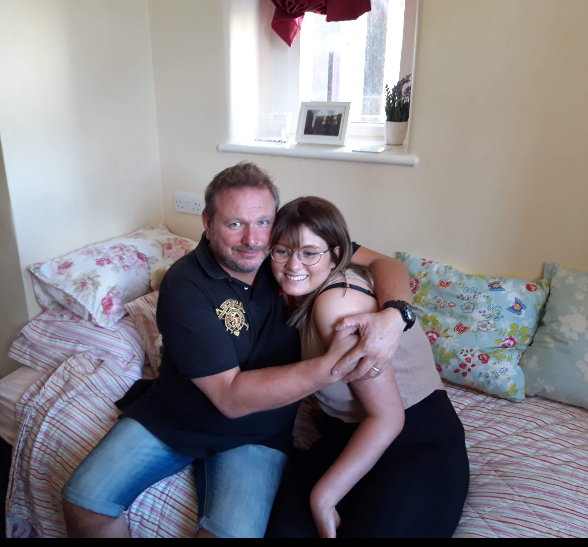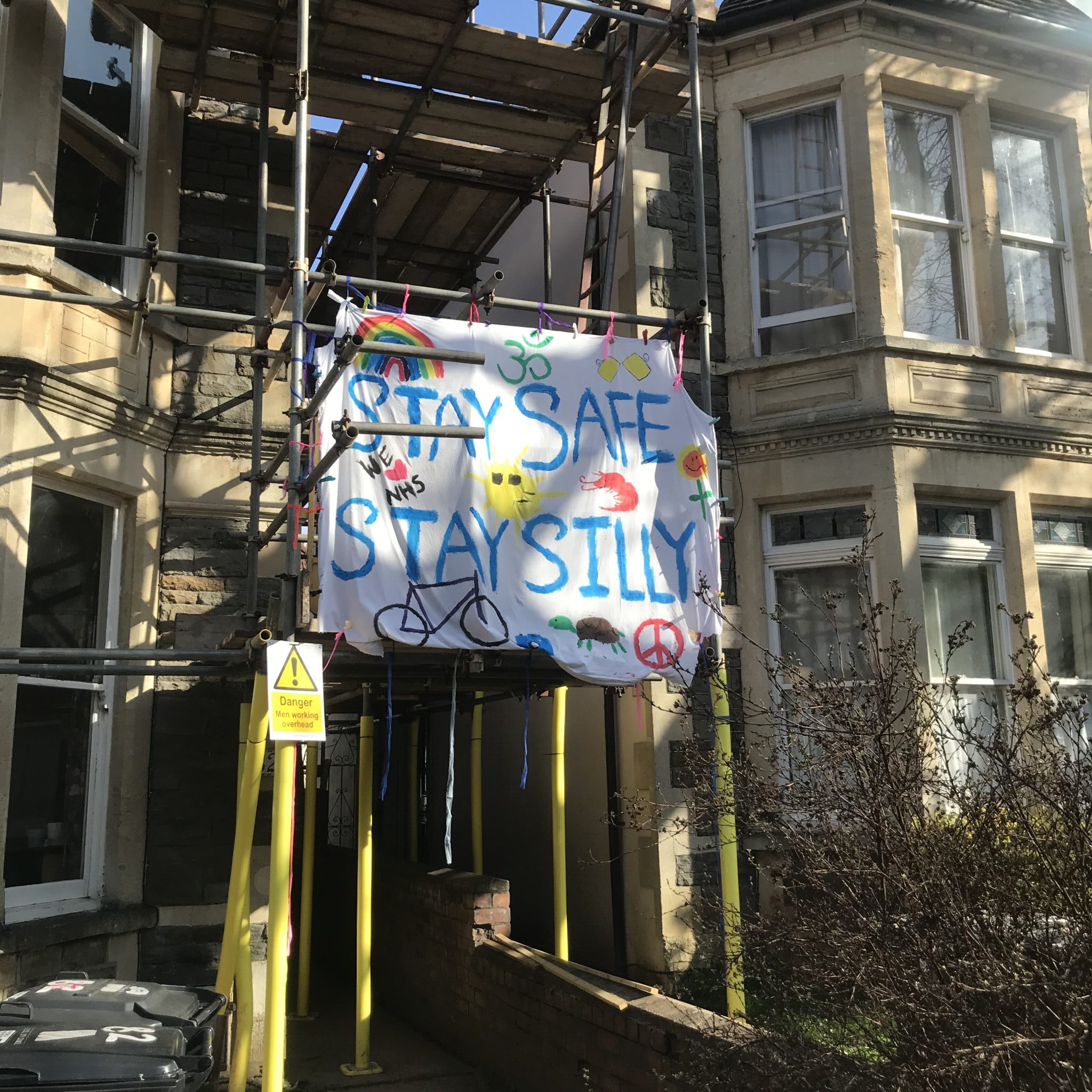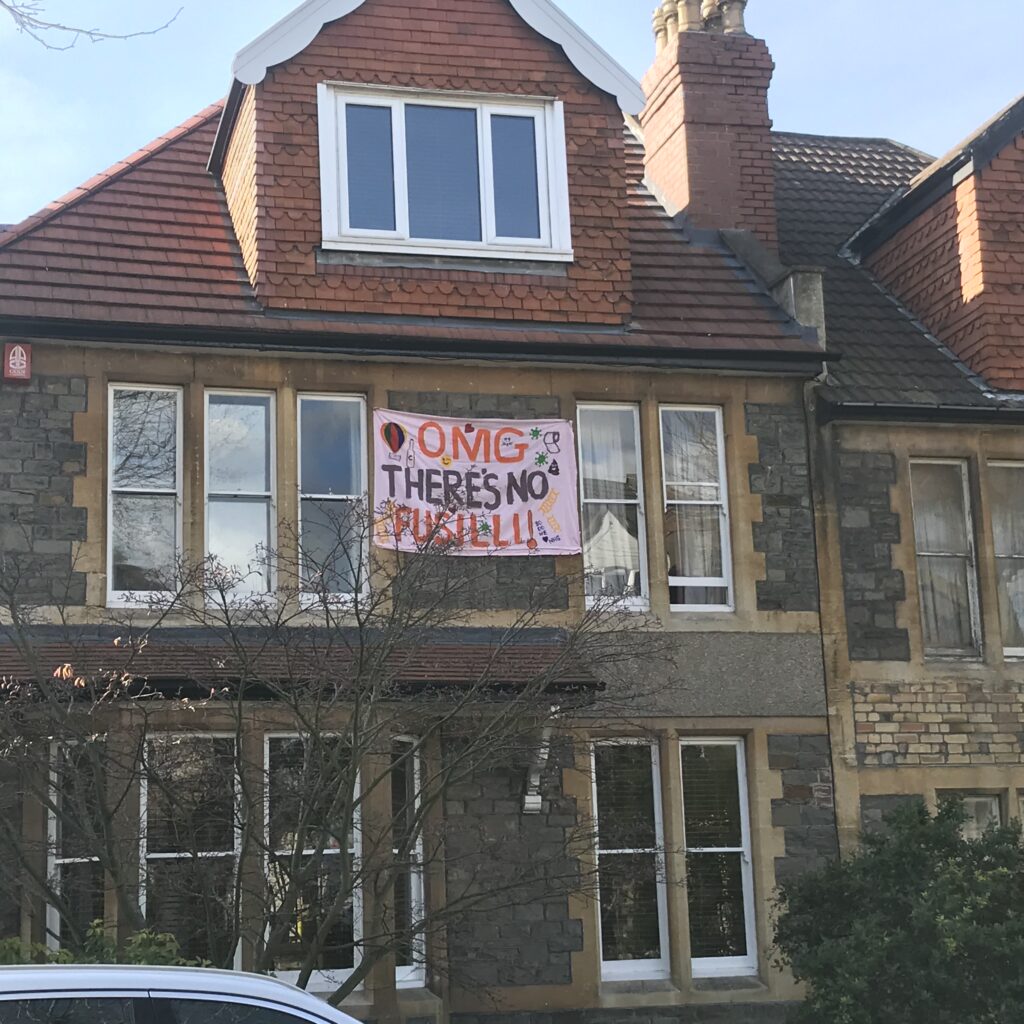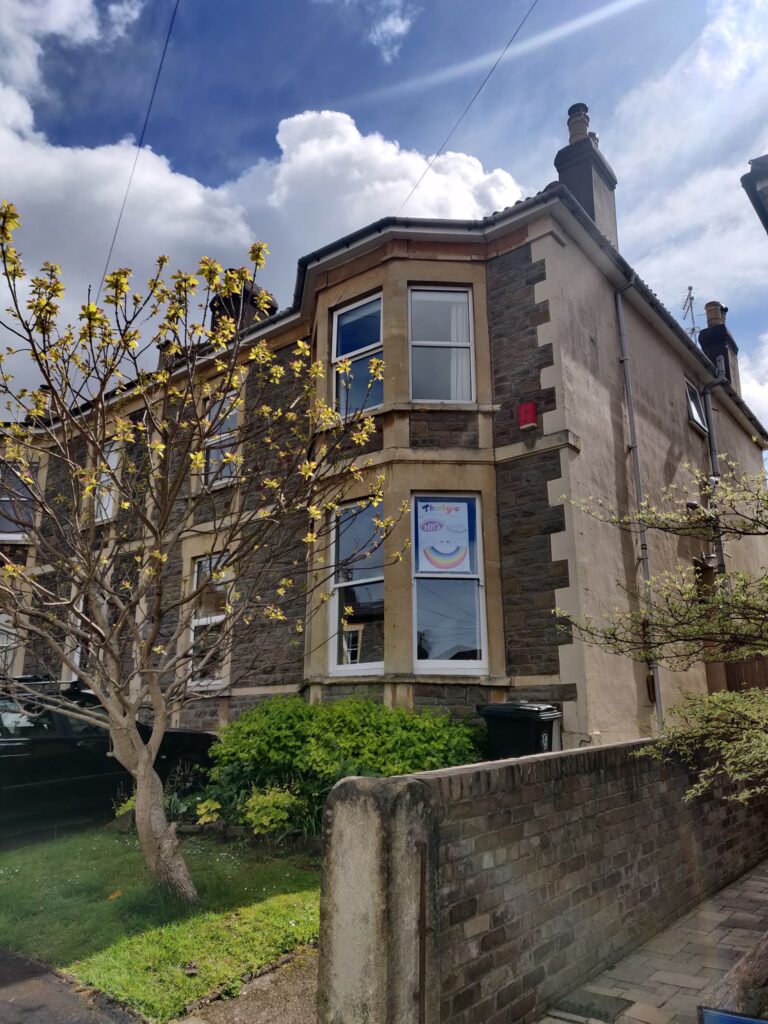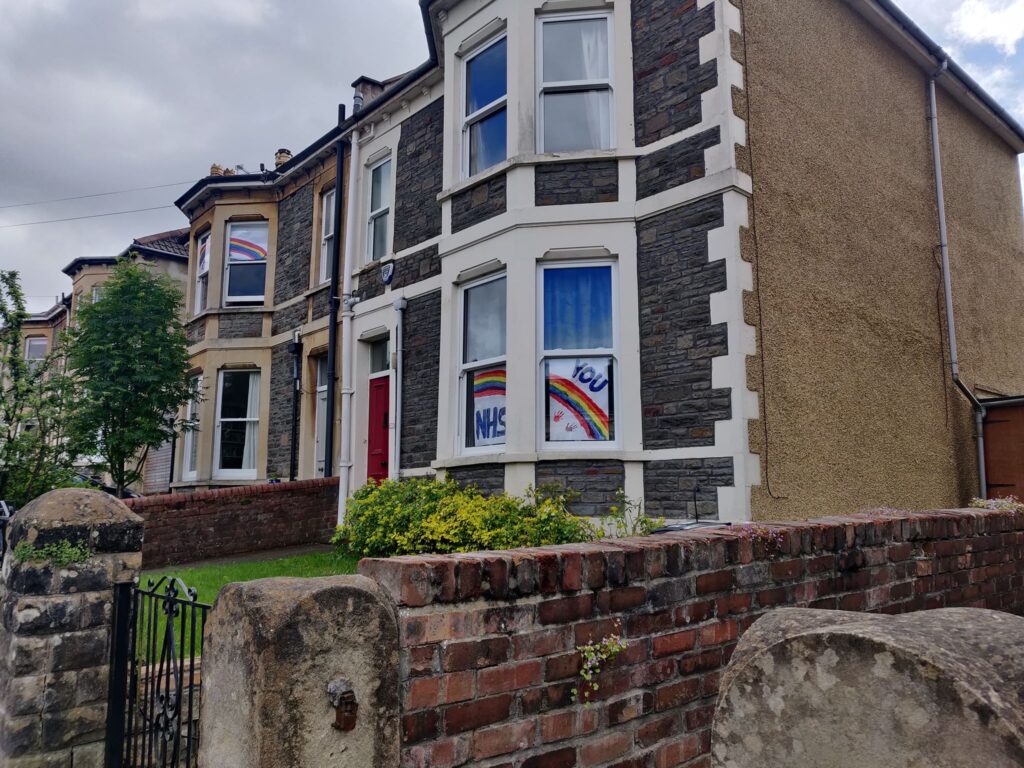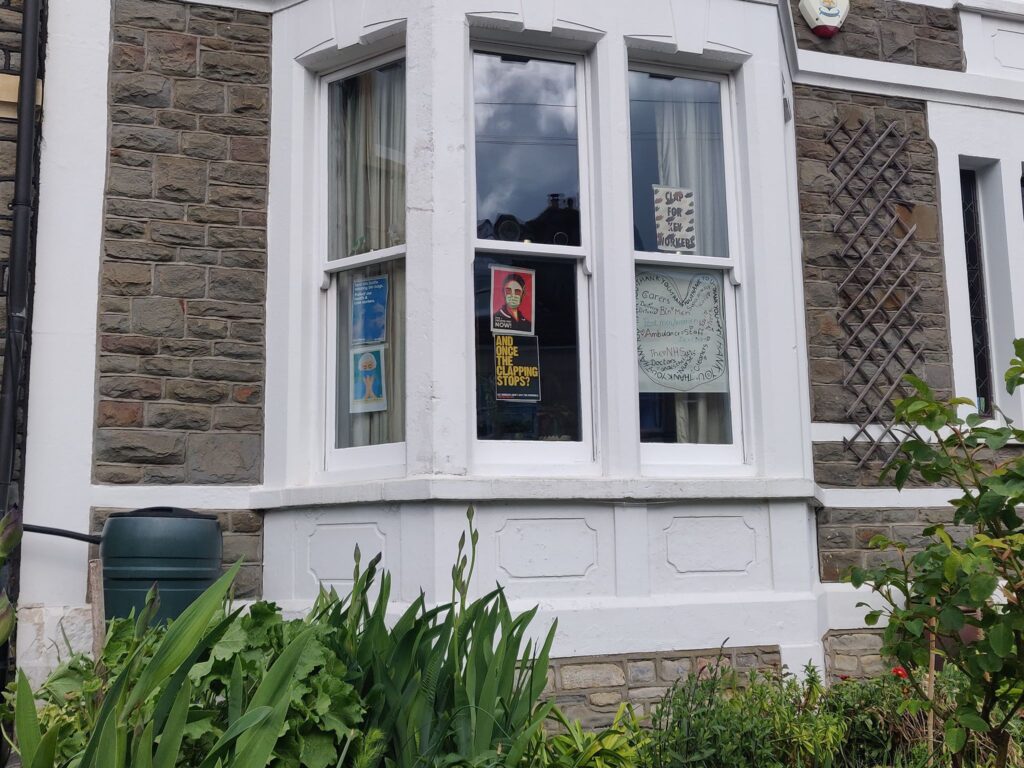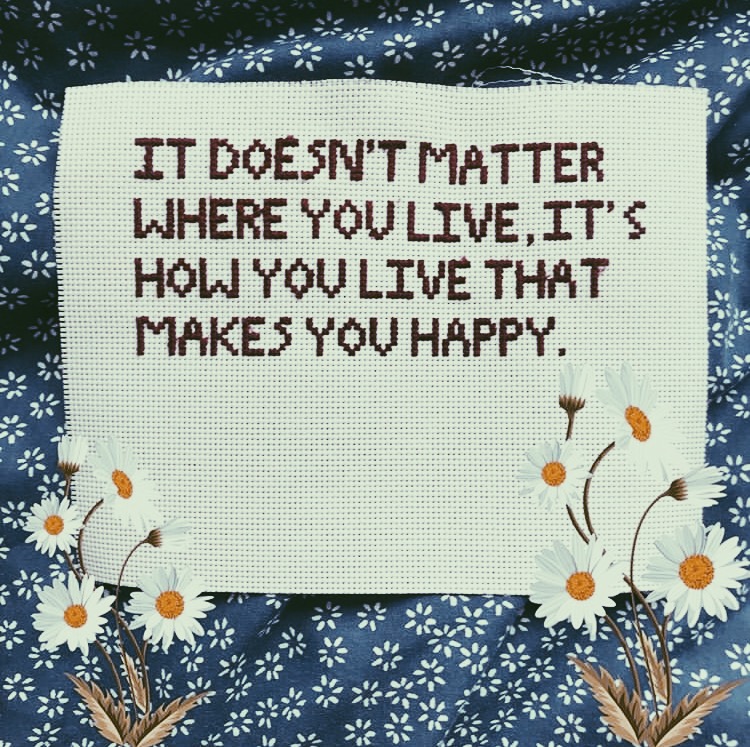
The slip of a finger and whoosh, an unedited picture of Khloe Kardashian took to the internet without her permission. Within minutes, trolls leapt into action as though hounds finally being fed. Are we surprised she looks that bad? I’d ask my surgeon for a refund! She’ll always be the ugliest sister. The Kardashian clan worked hard to have the image removed, but duplicates continued to pop up across Instagram, Twitter and Reddit. After 14 years in the spotlight, Khloe Kardashian adds criticism over this accidental upload to her body-shaming saga.
Even for us non-celebrities, social media platforms like Instagram, Twitter and Facebook have built an arena around our lives. Offering our biggest critics front row seats, complimentary binoculars and ammunition to hurt us. Criticism that once only occurred face-to-face is now omnipresent. Across Instagram, people hide behind the guise of perfection. An image, lifestyle and persona they maintain through carefully curated shots and editing apps. But, this act of self-defence is having a catastrophic impact on young pubescent girls.
Hertfordshire-based Wellbeing and Lifestyle Writer, Hannah Louise Murray, 23, is one such woman whose adolescence was dictated by the unrealistic standards pushed upon women. Before graduating, she dedicated her dissertation to analysing the effects of social media on body image for young women. She says: “My mental health suffered tremendously from poor self-image and distorted perceptions surrounding my identity. I have fought long and hard to rid myself of the associated shame.
“From my physical appearance and my sexual endeavours to my interests, hobbies and mannerisms. I always felt like I was an outsider and that I should feel ashamed of who I was.” Instagram has opened the female puberty process to a plethora of new critiquing observers. Parroting through comments and direct messages the idea that puberty is a one-size-fits-all process, with a standardised result. Upon entering the app, girls scroll through a never-ending stream of developed, often edited and supposedly happy women. Hannah explains: “We are endlessly bombarded with seemingly perfect people with seemingly perfect lives, so comparison is at our fingertips from the moment we wake up.
“This aspect of social media combined with the media’s relentless torture of anyone in the spotlight is a breeding ground for fear and shame to build. Each of us questioning our own essence in fear of not being enough.” Hannah’s youth consisted of excessively avoiding activities like having sex and leaving her body hair unshaved to spare herself potential ridicule. Nevertheless, the stomach-churning, sweat-inducing feeling of shame crept its way into her life. She says: “Feeling like I wasn’t enough in some areas and too much in others resulted in prolonged anxiety and debilitating depression.” In the absence of social media, Hannah describes her childhood as vibrant and uninhibited. However, these pangs of anxiety began to coincide with the natural changes of her body and presence on social media.
The female body has always been subjected to stringent, yet increasingly subtle rules. From adorning suffocating corsets and hoop skirts in Victorian England to the notion of respectability politics. This is the idea that conforming to mainstream beauty and behavioural standards will protect someone in a marginalised group from prejudice and injustice. Although decades and centuries pass, failure to comply with societal expectations of the female body still results in condemnation, even for young girls. Feminist Writer and Journalist Sian Norris explains: “Silvia Federici wrote that patriarchal capitalism had to break women’s power in order to assert control.”
Hannah’s slim, lanky body and small breasts appeared in stark comparison to her peers. Body image concerns arose, as she felt both developmentally behind her friends and that the changes occurring weren’t happening correctly. She says: “My girlfriends were becoming more and more womanly and voluptuous. I felt like I was remaining a child, whilst they were turning into ‘real’ women.”
The tendency to compare body developments is not limited to the parameters of Hannah’s youth or Instagram’s creation in 2010. As a digital native, Hannah grew up with the digital world at the swipe of a finger and flick of a button. Whereas Writer and Ex-Regional Digitisation Manager for Art UK, Hazel Cameron, 61, spent her adolescence playing outside with other children on her council estate. Hazel recalls: “I always wanted bigger boobs, as most of my friends were shapely and my aunt used to say mine were too friend eggs, then jokingly add – with burst yolks.”
Female puberty has always been overshadowed by confusion and comparison. However, Instagram has increased the number of people young girls can now compare themselves to. The comparison pool has widened from those around them to celebrities and people that live thousands of miles away. The image-sharing platform allows the upload of edited and filtered images, enabling girls to compare themselves and attempt to emulate a version of someone that doesn’t exist.
Typically beginning at 11 for girls, puberty is a time of experimentation. Young girls start to define themselves outside of the family unit and explore alternative identities. Naturally, throughout this process errors in judgement are made. The creation of social media has placed teenage debacles on a pedestal for examination. Hazel says: “Before it was just your family and close friends who shared your shame moments but now you can be shamed by millions. What I find worse is that the shame is never erased, it can always be found.”
Besides growing breasts, female puberty witnesses the start of periods, growth of pubic hair and release of hormones that can lead to growth spurts and sexual arousal. Unsurprisingly these changes remain a shameful episode in the lives of young girls due to the minimal conversations surrounding them. ”When my boobs started developing, I thought something was wrong with me and told my mum I had a lump, her laugh and telling me otherwise was very embarrassing,” says Hazel.
In 2015, Instagram repeatedly removed a photo from Poet Rupi Kaur’s account for ‘breaking community guidelines’. The image depicted a fully-dressed woman in bed with bloodstains on her trousers and bedding. Instagram’s censorship of projects like Kaur’s, that aim to set healthy body standards and destigmatise menstruation contributes to the lack of educational discussions on women’s health. As a result, girls grow into women like Hannah and Hazel that live with the stigmas surrounding their bodies.
For Hannah, this meant she was fearful of getting tampons out in her all girls’ school and learning to understand her vagina through a pornified lens. “In porn, I only saw neat, tucked away vulvas, but my inner labia protrudes from my outer lips and they aren’t quite even in length,” says Hannah. “I never discussed it with my friends or family, and it became a growing source of shame for me, I even researched into labiaplasty at an awfully young age.” Hazel’s family struggled to buy basic sanitary products. Elaborating on her puberty experience, she says: “The worst was not being able to afford sanitary products, often having to cover up blood marks on my clothes or bed sheets or skipping off school.”
Over 50 years later, ongoing ignorance surrounding menstruation means that period products are not readily available to young girls and women. Plan International UK found that three in ten, 14 to 21-year-olds struggled to afford or access these products during lockdown. In the 1970s lack of understanding and open dialogue, led to the production of unsafe tampons that sparked Staphylococcus infections. Subsequently, menstruating girls and women experienced Toxic Shock Syndrome. And, with self-adhesive towels not yet invented, many that opted to wear them wore sanitary belts to keep them in place.
Today, girls are predicted to start puberty a year before Hazel and her peers did in the 70s’. We’ve undergone a culture shift, with the Women’s Health Market commodifying the puberty process and female body. Pumping out unending ‘solutions’ to any and all bodily conundrums with the help of social media influencers. “We are constantly told that we are not enough, that our faces are too blemished, our tummies too big, our legs too hairy,” says Hannah. “These companies use advertising to make us questions ourselves, and then in turn convince us that all we need to be perfect and happy are their products.” The covert nature of influencer marketing leads young girls to believe these products will make them as desirable and happy as those promoting them. They don’t see the editing and money that go into achieving the images on their feeds.
As Hannah’s body continued to develop, it brought with it a want for sexual exploration. Alas, this discovery was shrouded in shame. She recollects: “When I was at school there a constant undercurrent of slut-shaming which gripped every girl around the neck throughout our uniform-wearing days. Is she a virgin? Who has slept with who? Does she masturbate?”. As a result of socialisation that encourages ‘sexual reserve’, The Handbook of Child and Adolescent Sexuality found girls reported more sexual guilt and shame.
Slut-shaming culture prevents young girls and women from openly talking about sexual harassment, assault and rape. Due to the fear of not being believed, being blamed or viewing their discomfort as a natural feature of sex. The distorted relationship society has constructed between females and sex has resulted in young girls exiting puberty with low self-worth and poor ideas of healthy sexual relations. Hannah says: “Sex is one of the most natural parts of life, yet the patriarchy wants girls to remain ‘pure’ for the gratification of men, which in and of itself is absurd.”
Historically female sexuality has been pinned to reproduction, family honour and male pleasure. Sian explains: “Women who stepped outside this model – particularly women who were seen as sexually voracious or who had sex with multiple men were shamed, treated as freaks or killed as witches.” Sian believes that whilst we think we’ve progressed since the “angel of the house” model of womanhood, we haven’t. Women that exercise their sexuality or deviate from gender stereotypes are met with judgement, exclusion, sexual violence and death. In 2007, a Saudi woman was gang-raped by seven men and imprisoned for being in a car with an unrelated man. Only four of the seven men went to prison. Describing the Madonna-Whore dichotomy Sian says: “Women are either Madonna’s – modest, mother, virginal as in not sexually knowledgeable, quiet and serving.
“Or they’re whores and deserving of punishment. The idea that women can even inhabit a role somewhere in the middle is denied.” Beginning as young girls, female sexuality is promoted as conditional. They’re encouraged to be sexual for the enjoyment of others, but not for themselves. Sexualised images of girls and women regularly achieve large-scale engagement on platforms like Instagram. Influencer marketing furthers the commodification of the female body and adds to the performative narrative young girls absorb surrounding their sexuality. In the attention economy, people that achieve notable levels of engagement are rewarded with opportunities and finance for retaining users on the platform. Highlighting for young girls the prospects available from adopting rigid standards of female appearance and femininity. Whilst, Instagram benefits from the upload of sexualised images, they excuse themselves from safeguarding the girls and women in them.
Beyond puberty, the female body continues to be held to unrealistic standards. But the expectations change and you grow to care less. Sian says: “People will shame you for having children, not having children, breastfeeding, not breastfeeding, staying at home, going back to work – “a woman’s place is in the wrong” as one friend put it to me.” Instagram has opened young girls up to more critics and sources of comparison than ever. Choosing to not care appears the only way to make it through. As Khloe Kardashian shows, you’re ridiculed regardless of the version of you the world sees.
Hannah says: “The society we live in is flawed in its values and I commend anyone who manages to scrape through unscathed. A ‘fuck it, I’m me!’ attitude is an essential part of any modern woman’s survival guide.”
